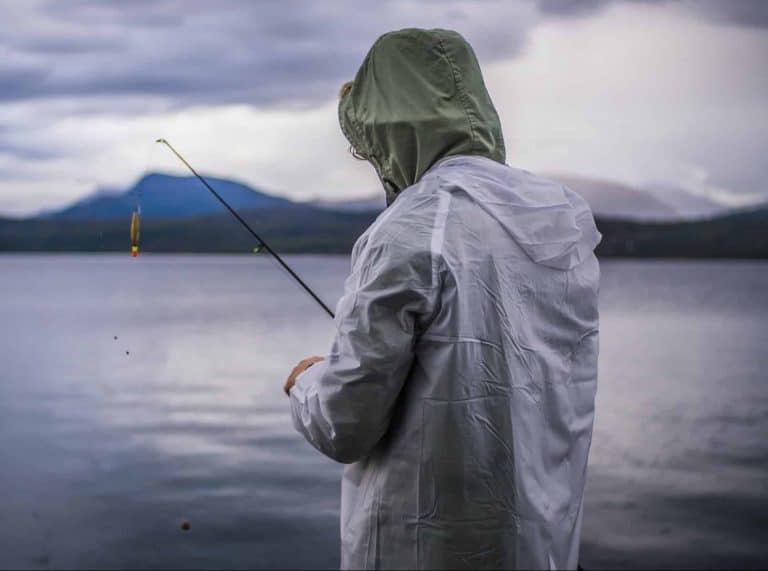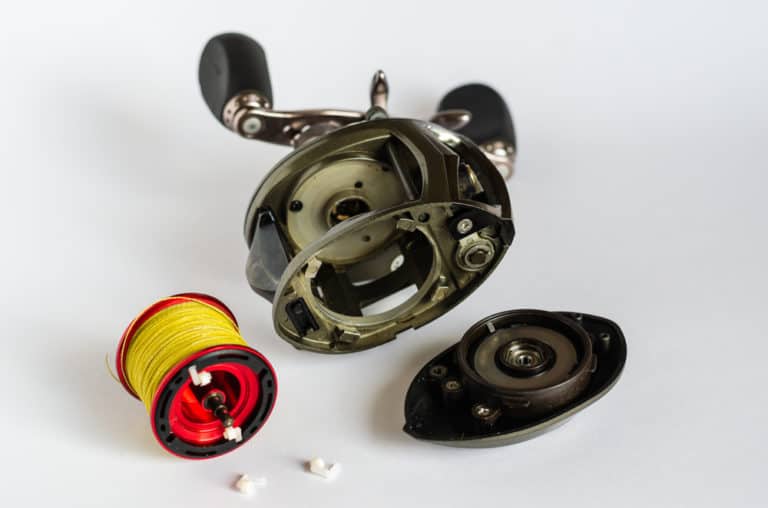What Is A Spinning Reel? Beginners Guide To Reel Components
What is a spinning reel used for?
The spinning reel sometimes referred to as a fixed spool reel, can be used for a wide range of fishing applications, from float fishing or ledgering in freshwater to heavy beach casting in the sea.
The spinning reel is the easiest type of reel to use making it the perfect choice for beginners.
It is more suited to fishing with lighter tackle and it is very easy to adjust the drag when playing a fish.
Spinning reels are generally cheaper to purchase than other types of reels plus spare spools can also be bought.
Maintaining a spinning reel is also straightforward as it is simply a matter of removing the spool and cleaning before applying a specialist reel grease.
Before deciding on which spinning reel to purchase, it is advantageous for the angler to know about the different components and what they do on this type of reel as this will help in choosing the correct model.
When the angler looks to purchase a spinning reel, the first and most important aspect to consider is the size of reel that is required and this will be dictated by the length and style of rod to be used and species sought.
After the name of the reel, there will be a number that indicates the size of that particular reel.
For example, the Hart Zemtax 800 is a small spinning reel ideally suited for light rods and for using light lures or baits for small fish at close range.
If the angler has a larger spinning rod and wants to use heavier lures or baits at a further distance for larger fish, then the Hart Zemtax 4000 would be a better choice.
With the beach angler using longer and stronger surf fishing rods with larger weights they generally use a reel between the 8000 and 10,000 sizes.
Modern Spinning Reel Materials
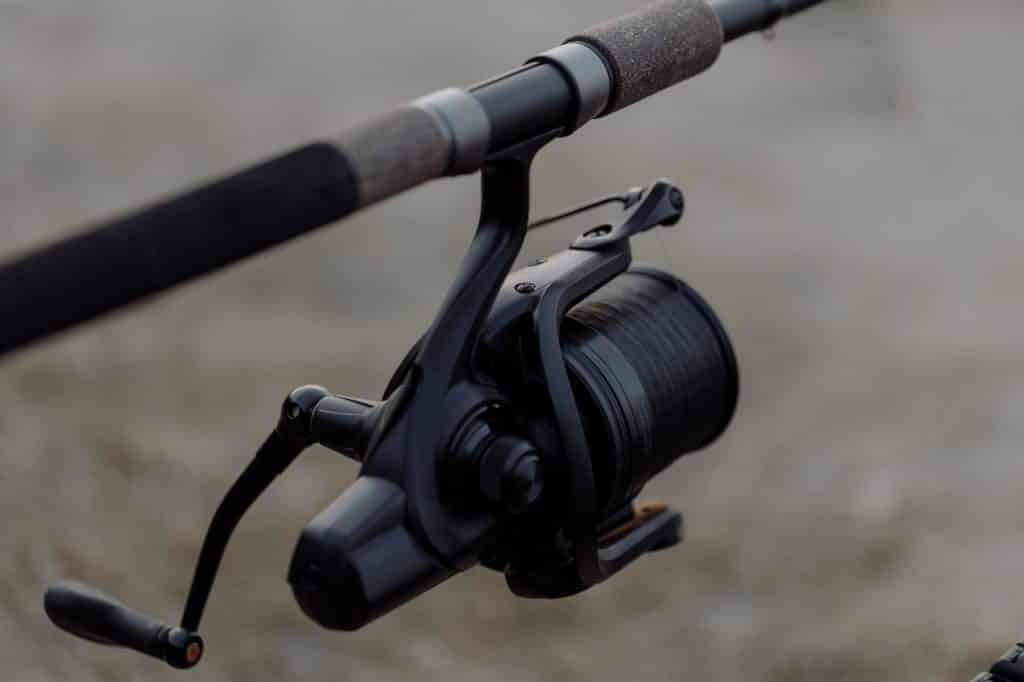
Many years ago, fishing rods were heavy and cumbersome because they were made from split cane before companies starting using lighter fibreglass.
In recent times, new, lighter materials such as carbon fiber and graphite are being used to construct rods. As a result of this manufacturers have had to make spinning reels as light as possible to coincide with these light rods, so the tackle is balanced.
Companies such as Shimano and Hart are now using modern materials: XT7 carbon and ultra-lightweight graphite respectively to construct their reels.
If you are looking for a lighter spinning reel, we have reviewed our top picks for ultralight spinning reels.
What are the parts of a spinning reel?
There are many components that are used to construct a modern day spinning reel, so below is a breakdown of the parts used and what each part plays in the reel.
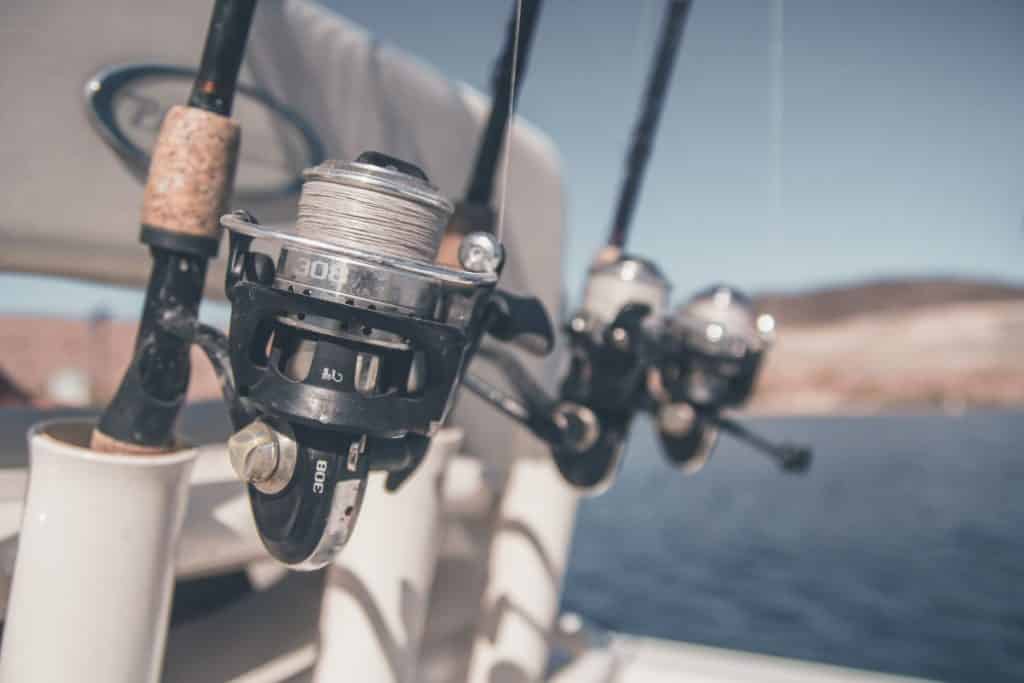
Bail Arm
The bail arm on a spinning reel generally has a roller at one end on which the line goes around which in turn lays the line evenly onto the spool when the angler winds in.
To cast out, opening the bail arm will allow the line to leave the spool freely. After this, the bail arm must be closed, which will lock the line and allow the angler to strike and wind in.
Spool
The spool is the part of the reel that is used to hold the line. As with the reel body, most spools are constructed from either carbon or graphite which helps to make the reel as light as possible.
On the side of each spool will be indicated the amount of line the spool will hold. For example, 0.16/140m indicates that the spool will hold 140m of the line that has a diameter of 0.16mm.
Some spools will also show the line thickness in a breaking strain which will be indicated with the lb sign.
We have also written a guide on how to spool your spinning reel.
Drag System
All spinning reels have a drag system that is adjustable which allows a larger fish to take line freely when hooked.
The drag system on a spinning reel can be either rear drag which means it can be adjusted on the rear of the reel or front drag meaning that it can be adjusted on the spool.
When looking at the specifications of a reel, manufacturers often refer to the drag system as FD or RD.
Bearings
The number of bearings a reel has will determine both how smooth running that reel will be plus how prone it will be to wear and tear. The angler will notice that the manufacturer will indicate the number of bearings the reel has as 6+1.
This means that that there are 6 main bearings in the reel and 1 roller bearing which is fitted in the handle to help combat shock when reeling a fish in.
As a general guide, the more bearings a reel has, the smoother and longer-lasting it will be.
Retrieval Ratio
The angler will also notice that on each reel the retrieval ratio will be shown which indicates the speed of the reel.
If 5.2:1 is indicated this means that the rotary system will spin around the spool 5.2 times for every turn of the handle.
The higher the first digit the faster the reel will wind in. A 7.2:1 will see the rotary system spin 7.2 times for every turn of the handle so it will retrieve line quicker than the 5.2:1 model.
Reel Handle
The handles on modern spinning reels can be either a single handle or a double handle, with the double having two knobs.
All modern spinning reels are also ambidextrous so the handle can be fitted on the left- or right-hand side of the reel to suit the angler.
Bait Runner, Free Spin or Free Spool
Some spinning reels have an option that is called either a bait runner, free spin, or free spool. These reels have an extra clutch system making a secondary drag that other reels do not have.
When the bale arm is closed, the angler engages a lever which makes the spool run freely. A simple turn of the reel’s handle dis-engages the bait runner system and then the main drag takes over.
These reels are used primarily by carp anglers who need to let fish run freely with the bait before striking, although sea anglers who beach fish with a rod in a tripod use this type of reel but in a larger size.
Final Words
We hope that this post has given you some more insight into spinning reels, and helped you answer ‘what is a spinning reel?’. Most beginners will start off by using a spinning reel, they tend to be easier to use, clean, and look after, especially when compared to fly fishing or baitcasting reels.
If you are looking for a particular type of spinning reel related to the species you are likely to fish, we have reviewed a few different kinds:
Latest Fishing Posts:

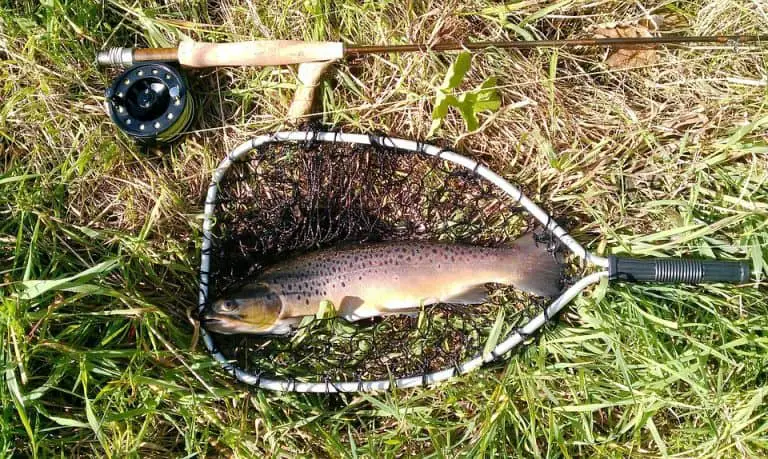
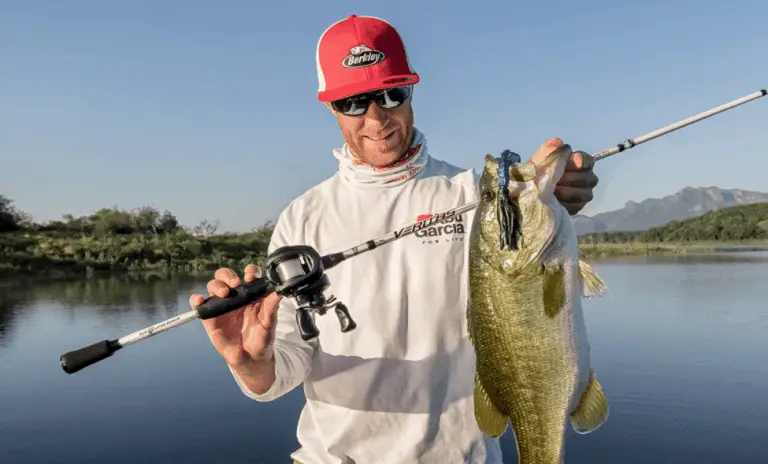
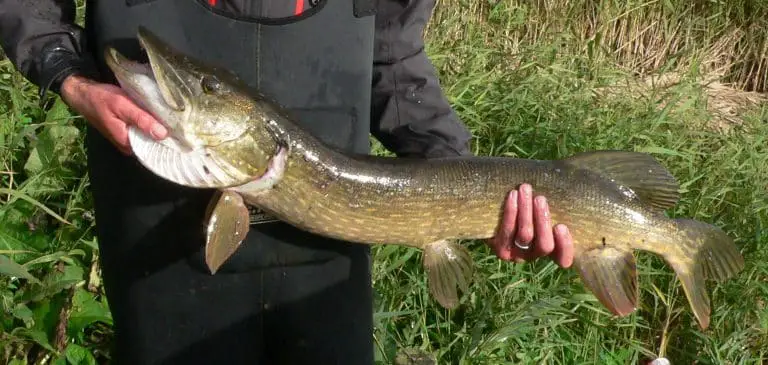
![6 Best Underwater Fishing Cameras [Reviews & Buyers Guide]](https://watersportingadventure.com/wp-content/uploads/2020/11/37dbefa1b45f3ca7d1b1c1a4052fde3f13b8caba-768x394.jpeg)
